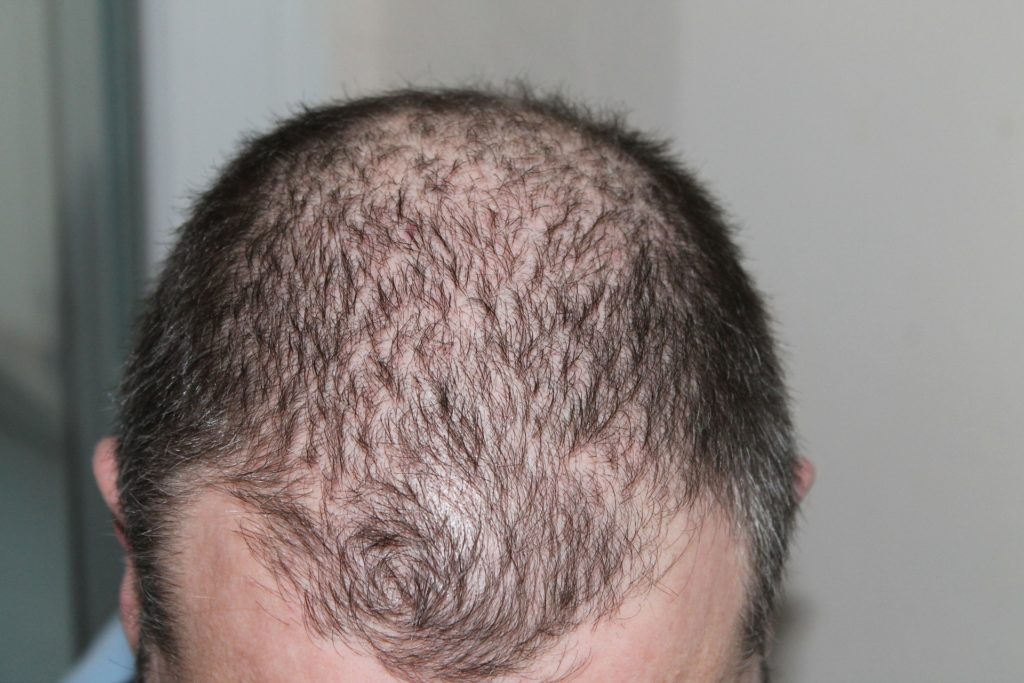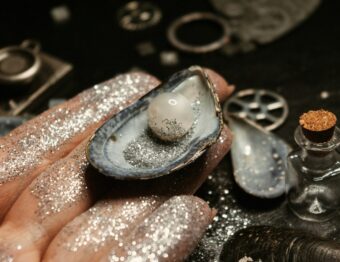
According to a recent study conducted by the American Hair Loss Association, a staggering two-thirds of men begin to bald before the age of 35. By the age of 50, 85% of men have noticeable bald patches. Thankfully, recent advances in the hair restoration industry have made it possible for all men to combat the effects of balding. There are even procedures to reverse balding in women, which affects 40% of women by the age of 40. From hair implants to injections, we’ll be examining the most popular methods of hair restoration below.
Follicular Unit Transplantation
Follicular unit transplantation – or “FUT” – works by removing patches of hair-bearing tissue from a donor site on the patient’s scalp. The tissue is then attached to the receiver site. This process has earned FUT the nickname “strip harvesting”.
While FUT is almost always effective, it is quite invasive and may leave significant scars. In many cases, it requires a recovery period of a month, during which time the patient may experience significant pain. That being said, those who are willing to put themselves through a month of discomfort will have a fuller wallet to show for it. FUT is far less expensive than FUE, which is the leading method of hair restoration.
Follicular Unit Extraction
As mentioned above, follicular unit extraction – commonly referred to as “FUE” – is the most common hair implant procedure. Much like FUT, FUE relies on a donor site to provide hair to the balding area. Unlike FUT, however, FUE does not remove skin from the donor site. Instead, it extracts follicular units using a specialized tool that is not unlike a pen or needle in appearance. Upwards of 2000 follicular units may be extracted from the donor site depending on the extent of the patient’s hair loss. The units are then implanted into small incisions in the receiver site.
There is also sapphire follicular unit extraction, which utilizes sapphire blades for a faster procedure and less scarring. Unfortunately, only a small number of surgeons are qualified to provide sapphire FUE. The Vera Clinic in Istanbul has pioneered the procedure and offers it along with traditional FUE and FUT treatment. Although traveling to Turkey for a hair transplant may seem a little extreme, it is actually quite common. British and American clinics tend to charge upwards of $10,000 for FUE treatment. Turkish clinics, however, charge half that amount. Even when you factor in the price of travel and accommodation, a hair transplant in Turkey may well prove cheaper than a hair transplant in your home country. For more information on booking a hair transplant in Turkey, visit www.veraclinic.net/en.
Platelet-Rich Plasma Therapy
Platelet-rich plasma (PRP) therapy begins with the extraction of blood from the patient. This blood is then separated into three segments: platelet-rich plasma, platelet-poor plasma, and red blood cells. The platelet-rich plasma is injected into the patient’s scalp, stimulating the follicles and facilitating hair growth.
PRP therapy often requires multiple sessions, with clinics typically charging somewhere between $300 to $500 each time. While this is affordable compared to FUT and FUE, it is important to remember that the merits of PRP therapy are being hotly debated. Follow this link for a detailed look at the efficacy of PRP therapy.





